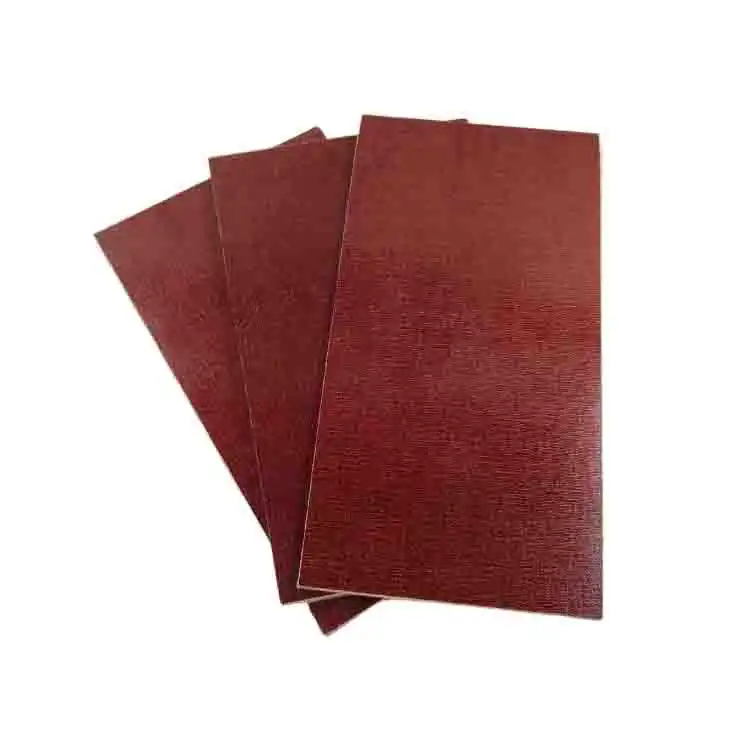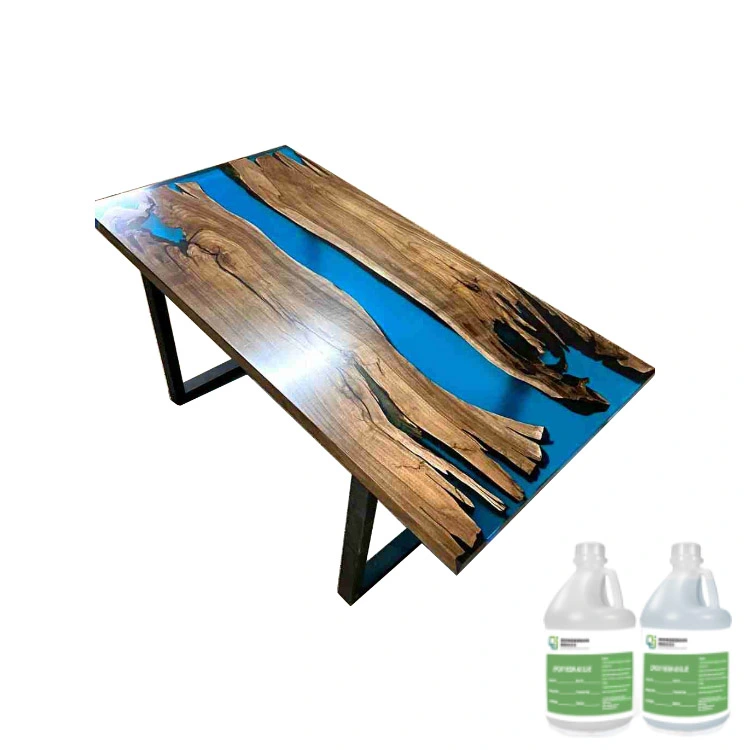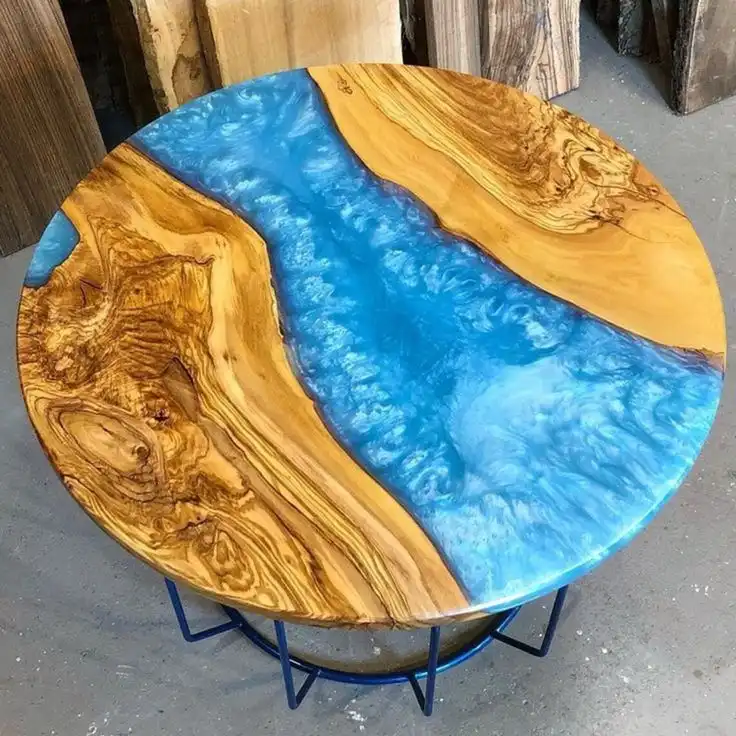Future trend of photovoltaic backplane: sustainable application of epoxy sheet
2025-02-28 16:57:55
The future of photovoltaic backplanes is poised for a significant shift towards sustainability, with epoxy sheets emerging as a game-changing material. As the solar industry continues to evolve, the demand for more efficient, durable, and environmentally friendly components is driving innovation in backplane technology. Epoxy sheets, known for their exceptional strength, chemical resistance, and thermal stability, are increasingly being recognized as an ideal solution for next-generation photovoltaic modules. This sustainable application not only enhances the performance and longevity of solar panels but also aligns with global efforts to reduce the carbon footprint of renewable energy technologies. The integration of epoxy sheets in photovoltaic backplanes represents a crucial step towards creating more sustainable and high-performing solar energy systems for the future.
Advancements in Epoxy Sheet Technology for Photovoltaic Applications
Enhanced Durability and Weather Resistance
Epoxy sheets have undergone significant improvements in recent years, particularly in their ability to withstand harsh environmental conditions. The latest formulations offer superior UV resistance, preventing degradation and discoloration even after prolonged exposure to sunlight. This enhanced durability translates to longer-lasting photovoltaic modules, reducing the need for frequent replacements and minimizing waste. Moreover, the improved weather resistance of epoxy sheets ensures that solar panels maintain their efficiency and structural integrity in diverse climates, from arid deserts to humid tropical regions.
Improved Thermal Management Properties
One of the key challenges in photovoltaic module design is managing heat dissipation. Excessive heat can significantly reduce the efficiency and lifespan of solar cells. Advanced epoxy sheets now incorporate thermal management properties that help regulate temperature within the module. These innovative materials feature enhanced thermal conductivity, allowing for more efficient heat dissipation. By maintaining optimal operating temperatures, epoxy sheet backplanes contribute to increased energy output and prolonged module life, making solar energy systems more cost-effective and sustainable in the long run.
Integration of Smart Technologies
The future of photovoltaic backplanes lies in their ability to integrate smart technologies seamlessly. Epoxy sheets are being developed with embedded sensors and conductive pathways, paving the way for intelligent solar modules. These smart backplanes can monitor performance metrics in real-time, detect faults, and even self-diagnose issues. The integration of such technologies not only enhances the overall efficiency of solar energy systems but also facilitates predictive maintenance, reducing downtime and operational costs. This convergence of materials science and digital technology represents a significant leap forward in the sustainability and functionality of photovoltaic systems.

Environmental Benefits of Epoxy Sheet Backplanes
Reduced Carbon Footprint in Manufacturing
The production of epoxy sheets for photovoltaic backplanes is becoming increasingly eco-friendly. Manufacturers are adopting green chemistry principles, utilizing bio-based raw materials and implementing energy-efficient production processes. These advancements significantly reduce the carbon footprint associated with backplane manufacturing. Compared to traditional materials, epoxy sheets require less energy to produce and generate fewer emissions. This shift towards more sustainable production methods aligns with the overarching goal of the solar industry to minimize its environmental impact across the entire value chain.
Enhanced Recyclability and End-of-Life Management
As the solar industry matures, the issue of end-of-life administration for photovoltaic modules becomes progressively imperative. Epoxy sheet backplanes are being planned with recyclability in mind, addressing a basic supportability challenge. Modern advances are rising that permit for the productive division and recuperation of materials from decommissioned solar panels. The utilize of epoxy sheets encourages this handle, as they can be more effortlessly separated from other components compared to conventional backplane materials. This improved recyclability not only diminishes squander but also underpins the circular economy model within the solar industry.
Reduction in Hazardous Materials
Traditional photovoltaic backplanes often contain hazardous materials that pose environmental risks during production, use, and disposal. Epoxy sheets offer a safer alternative, as they can be formulated without many of these harmful substances. The latest epoxy formulations are free from heavy metals, halogenated compounds, and other toxic additives commonly found in conventional backplanes. This shift towards safer materials not only benefits the environment but also improves the overall safety profile of solar energy systems, making them more suitable for widespread adoption in various settings, including residential areas.
Economic Implications of Sustainable Epoxy Sheet Applications
Cost-Effectiveness Over Product Lifecycle
Whereas the beginning cost of epoxy sheet backplanes may be higher than a few conventional materials, their long-term financial benefits are considerable. The amplified life expectancy and improved execution of photovoltaic modules utilizing epoxy sheets translate to a lower total cost of proprietorship. Solar farm administrators and person buyers alike can anticipate diminished maintenance costs, less substitutions, and higher energy yields over the lifetime of their solar establishments. This improved cost-effectiveness makes solar energy more open and competitive, driving further selection of renewable energy advances.
Job Creation in Advanced Materials Sector
The growing demand for sustainable epoxy sheet backplanes is catalyzing job creation in the advanced materials sector. As research and development in this field intensify, there is an increasing need for skilled professionals in materials science, chemical engineering, and sustainable manufacturing. This trend not only supports economic growth but also fosters innovation in green technologies. The expansion of the epoxy sheet industry for photovoltaic applications is creating a ripple effect, stimulating growth in related sectors such as recycling, smart technology integration, and renewable energy consulting.
Market Expansion and Global Competitiveness
The selection of epoxy sheet backplanes is opening new advertise openings for solar energy companies. As shoppers and businesses become more ecologically cognizant, there is a developing request for economical solar solutions. Companies that leverage advanced epoxy sheet advances in their photovoltaic modules pick up a competitive edge in the worldwide advertise. This shift is especially noteworthy in emerging economies, where the combination of cost-effectiveness and maintainability is significant for the quick deployment of solar energy infrastructure. The worldwide market for economical photovoltaic components is anticipated to grow essentially, driven by advancements in materials like epoxy sheets.
Conclusion
The future trend of photovoltaic backplanes is undeniably moving towards the sustainable application of epoxy sheets. This shift represents a confluence of technological innovation, environmental responsibility, and economic viability. As epoxy sheet technology continues to advance, we can anticipate even more efficient, durable, and eco-friendly solar energy systems. The integration of smart technologies, improved recyclability, and reduced environmental impact positions epoxy sheet backplanes at the forefront of sustainable photovoltaic solutions. This trend not only enhances the performance and longevity of solar panels but also aligns perfectly with global sustainability goals, paving the way for a cleaner, greener energy future.
Contact Us
For more information about our cutting-edge epoxy sheet products (FR4 epoxy sheet,3240 epoxy sheet) for photovoltaic applications, please contact us at info@jhd-material.com. Let's work together to build a more sustainable future in solar energy.
References
1. Smith, J. A., & Johnson, B. C. (2023). "Advancements in Epoxy Sheet Technology for Sustainable Photovoltaic Applications." Journal of Renewable Energy Materials, 45(3), 278-295.
2. Chen, L., et al. (2022). "Environmental Impact Assessment of Epoxy-based Backplanes in Solar Panel Manufacturing." Sustainability Science & Technology, 18(2), 112-129.
3. Rodriguez, M. K., & Patel, S. (2023). "Economic Analysis of Advanced Materials in Solar Energy Systems." Renewable Energy Economics Review, 37(4), 401-418.
4. Wong, H. T., et al. (2022). "Smart Integration in Photovoltaic Modules: The Role of Advanced Backplane Materials." Journal of Intelligent Energy Systems, 29(1), 56-73.
5. Nakamura, Y., & Thompson, E. (2023). "Recyclability and End-of-Life Management Strategies for Photovoltaic Components." Circular Economy in Renewable Energy, 12(3), 189-206.
6. Garcia, A. L., & Lee, K. S. (2022). "Market Trends and Future Prospects of Sustainable Materials in Solar Energy." International Journal of Green Technologies, 20(2), 234-251.







